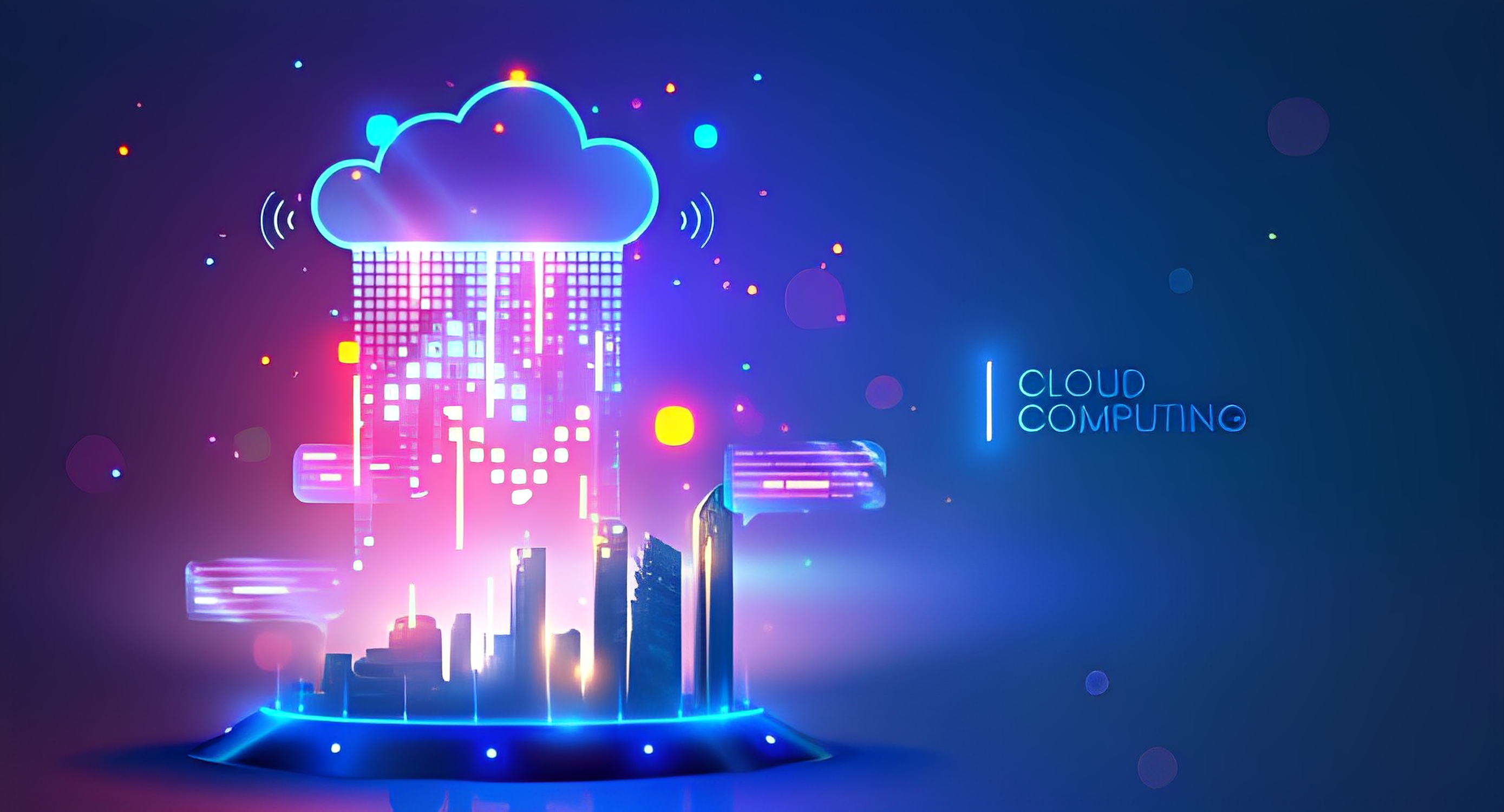
Cloud computing refers to an internet-based computing model which offers data storage, processing power and other application services over the web on pay per use basis like a rental or subscription approach for the users. It’s different from the traditional way where the user has full control to select an operating system, applications, and hardware leading to increased costs for maintenance and equipping new servers in case of more load etc. More recently cloud technology has developed keeping security compliance very high making it more popular among businesses.
The cloud computing market has seen an immense surge in growth, largely owing to the outbreak of the pandemic. Besides that, its development has been substantial over the previous decade. Still, customers may experience confusion because of the vast range of cloud-related expressions. This article serves as a reminder about different kinds of cloud computing, cloud services, and the advantages associated with cloud technology.
Cloud computing is the on-demand delivery of computer, networking and storage resources through a web-based platform. It allows users to access applications, programs and services that were previously not accessible or too expensive for many businesses to consider. Cloud computing lets you share data across multiple cloud devices, which saves money and time since all files can be easily accessed from any device with an Internet connection. There are four primary types of cloud computing: Infrastructure as a Service (IaaS), Platform as a Service (PaaS), Software as a Service (SaaS) and Data as a Service (DaaS).
- Infrastructure as a Service (IaaS):
IaaS provides virtualized computing resources over the internet, such as virtual machines, storage, and networks. Users have control over the operating systems and applications running on the infrastructure, allowing for flexibility and scalability.
- Platform as a Service (PaaS):
PaaS offers a platform that enables developers to build, deploy, and manage applications without worrying about infrastructure complexities. It provides tools, frameworks, and development environments, simplifying the application development process.
- Software as a Service (SaaS):
SaaS delivers software applications over the internet on a subscription basis. Users can access these applications through web browsers without the need for installation or maintenance. Examples include email services, customer relationship management (CRM) systems, and productivity tools.
Types of Cloud Computing
Cloud computing is a type of internet-enabled resource sharing that has changed the way businesses and individuals work with and use technology. Data processing, data storage, software applications, analytics and more can all be accessed remotely through cloud computing networks. The different types of cloud computing are public clouds, private clouds, hybrid clouds and multi-cloud systems.
Public clouds: Public clouds are hosted by third-party services over public networks like the Internet. They provide an array of features such as self-service interfaces and utility billing models which allow users to easily set up their infrastructure without needing professionals to do it for them. With a public cloud, businesses pay per user rather than having to invest in hardware or install software programs.
Private Clouds: Private Clouds are designed for specific companies or organizations that need access to a secure environment with servers on their own premises or leased from another provider. Private clouds allow businesses to feel confident that their data is well protected against external attacks within a private network secured by firewalls and virtualization protocols managed by internal IT teams.
Hybrid Clouds: Hybrid Clouds come about when an organization moves some of its processes into the public cloud while continuing to leverage resources from its local system environment at the same time – this allows for greater scalability than either option can offer alone. The dividing line between what pieces will stay within the private system versus moving into the publicly accessible one depends on business needs like compliance requirements and performance demands. Hybrid Cloud systems tend to be more complex since they include both on-premises IT infrastructures as well as online resources outside corporate control that may have highly sensitive information crossing between them which add security concerns but drive increased efficiency, scalability and flexibility that just aren’t available in traditional approaches to IT operations.
Multicloud Systems: Multicloud Systems use multiple integrated multiple clouds from different providers allowing businesses even more options in terms of granular control over user parameters such as budget limits or service expectations with regard to how they manage workloads across various services while optimizing performance among different vendors portfolios related technologies. Multicloud offers numerous advantages compared to other types like greater reliability agility, availability, cost savings etc. Plus, it also allows companies redundancy so if one cloud fails only partial losses occur instead of complete disruption of system operations.
Similarities Between Different Types of Cloud Computing
No matter the type of cloud computing you utilize, there are some typical features that each provides. These components generally include:
- on-demand self-service, broad network access, multi-tenancy and resource pooling, rapid elasticity and scalability, as well as measured service.
- This enables organizations to be able to easily provision without having to engage with the provider while also being capable of utilizing resources quickly in order to meet their businesses’ demands.
- Furthermore, these services can all be accessed through a network such as the Internet or local area networks (LAN) using various customer platforms. This is then reflected within the payment system where customers only pay for what they use.
Conclusion:
Cloud computing and cloud services provide a flexible, scalable, and cost-effective solution for businesses and individuals alike. Whether it’s Infrastructure as a Service (IaaS), Platform as a Service (PaaS), or Software as a Service (SaaS), the cloud offers a range of deployment models and services to cater to diverse needs. Understanding the types of cloud computing and cloud services available can help businesses make informed decisions and leverage the power of the cloud to drive innovation, efficiency, and growth.
